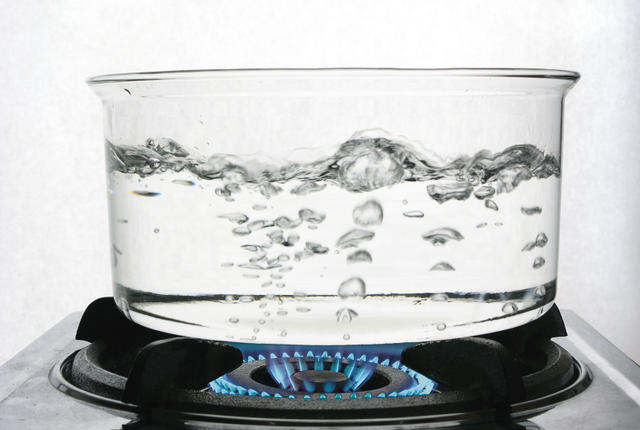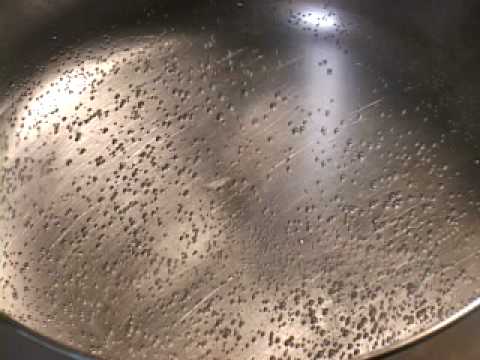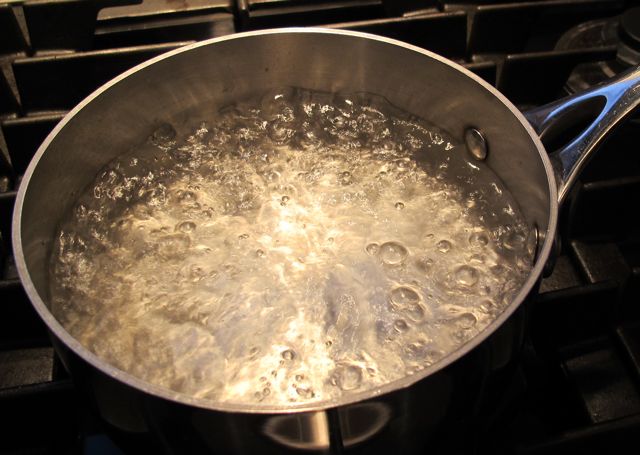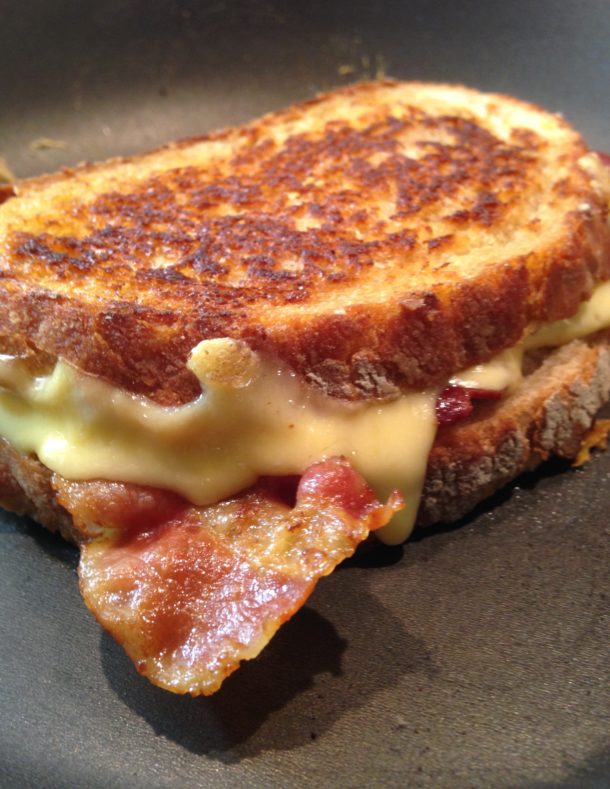If you thought heating water on a stovetop was as simple as it sounds, you were wrong. No, it’s true. There are levels of heating water, and it’s a little more complex than you might think. Heating water results in a boil, but what you may not know is that there are different levels of boiling.
What is a Rolling Boil?
When you first begin to heat up water, you get a simmer. A simmer is when you have small bubbles on the bottom of the saucepan, but none of the air bubbles make it up to the top of the water or liquid.
The next level of even hotter water is a slow boil. This means that air bubbles are being created on the bottom of the pot, but only a few are making it up to the top of the liquid. You can always tell a slow boil from a rolling boil by the fact that if you drop ingredients into a saucepan of water that’s at a slow boil, the ingredients will immediately lower the temperature and cause the slow boil to lower itself down to a simmer. It’ll take another few minutes for it to get back to a boil.
A rolling boil is what you get next, once the bubbles from the slow boil have sped up to the point where adding ingredients into the pot isn’t going to lower the temperature enough to slow the boil down.
You can find our whole guide on the differences between a simmer, a poach, and a boil here.
Why do you Need a Rolling Boil?
If you pay attention to some recipes for pasta dishes, you’ll probably notice that many of them specifically say to bring your water to a rolling boil before dumping in your pasta. There’s actually a reason for that! Pasta begins cooking at boiling water, so dumping it in before the water reaches a rolling boil can push it right past al dente and make it turn out soggy.
Other foods that need to be flash cooked benefit majorly from a rolling boil rather than a slow boil or a simmer, and making sure that your water is at the correct temperature (and optimal amount of bubbles) can help your food turn out all the much better.
Do you have any tips for what you use a rolling boil for? Share them with us in the comments!







